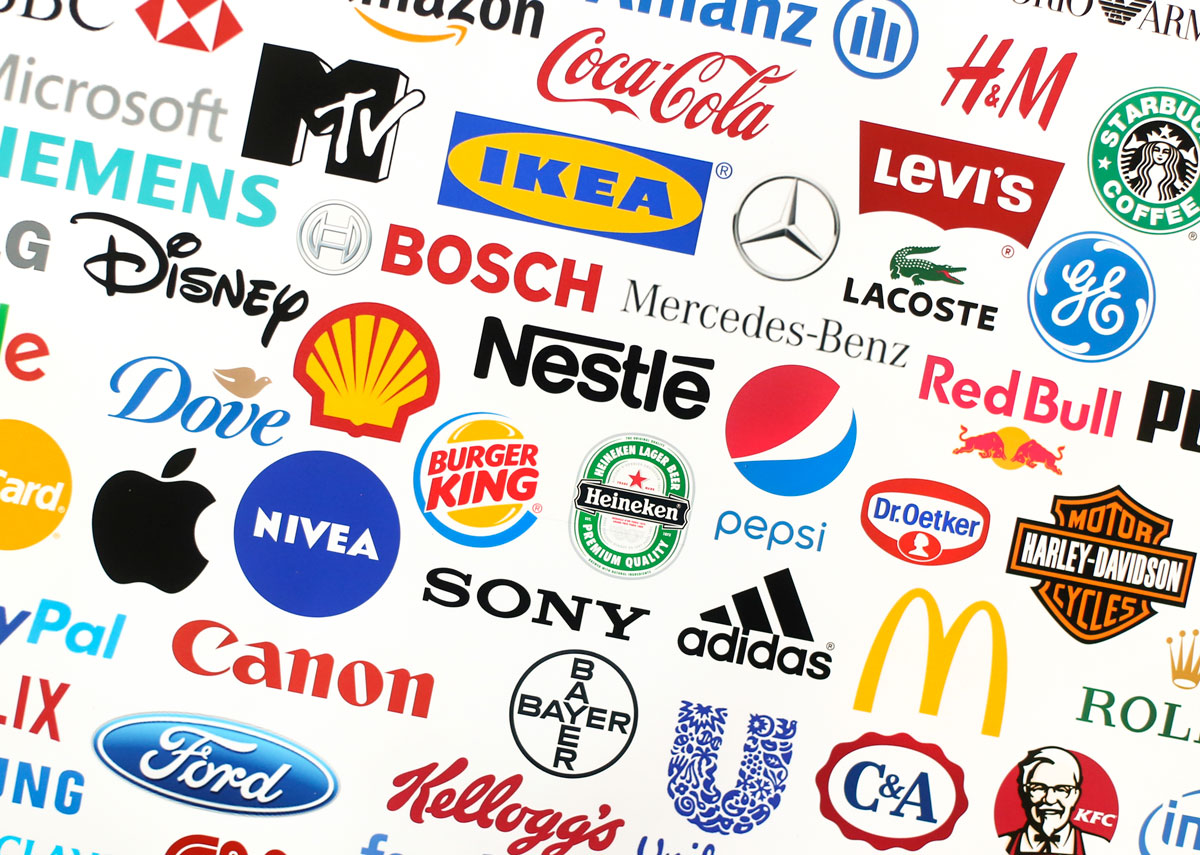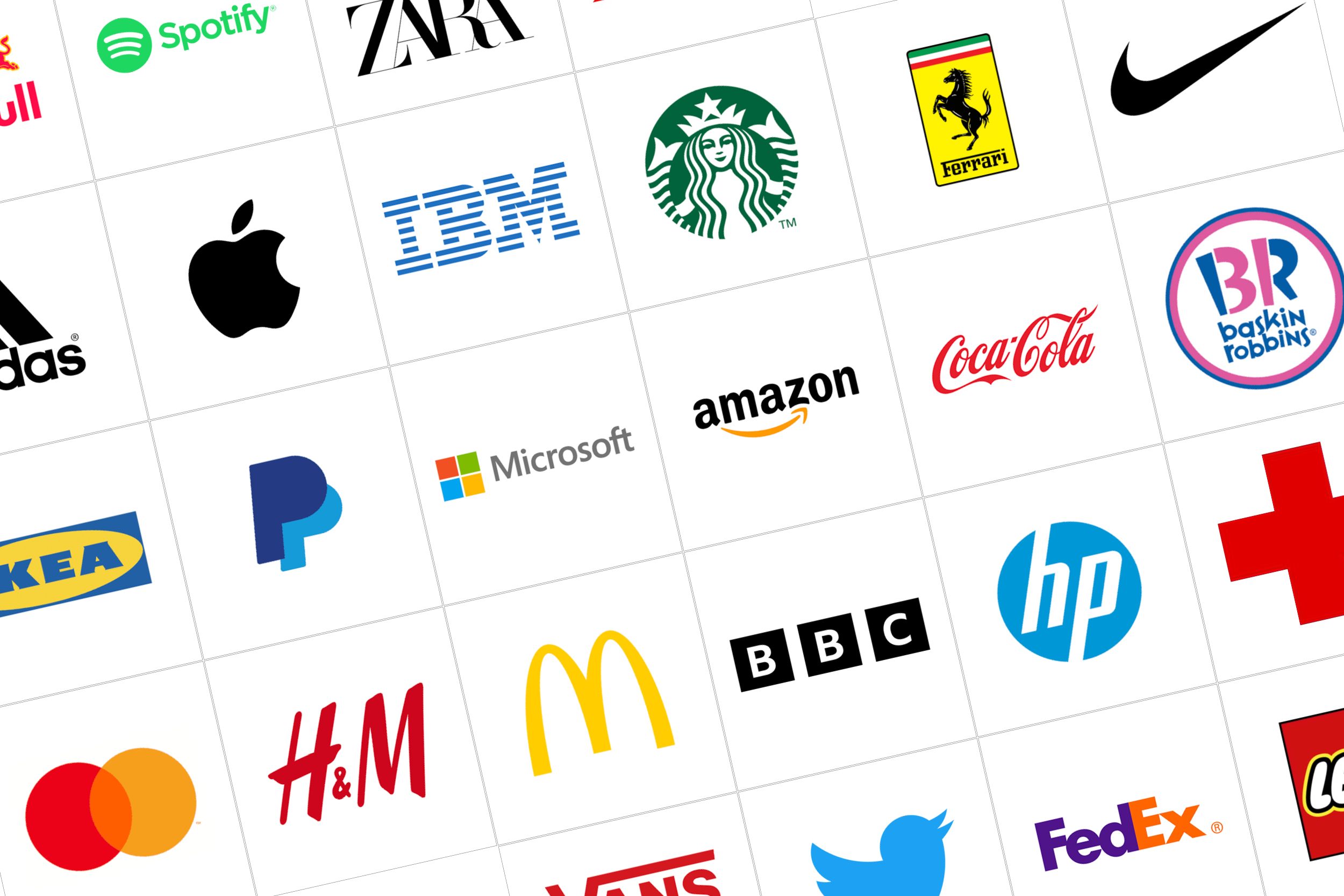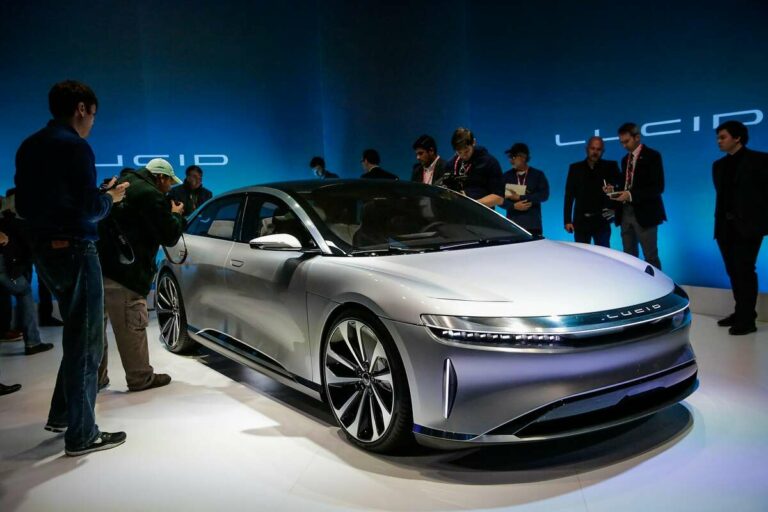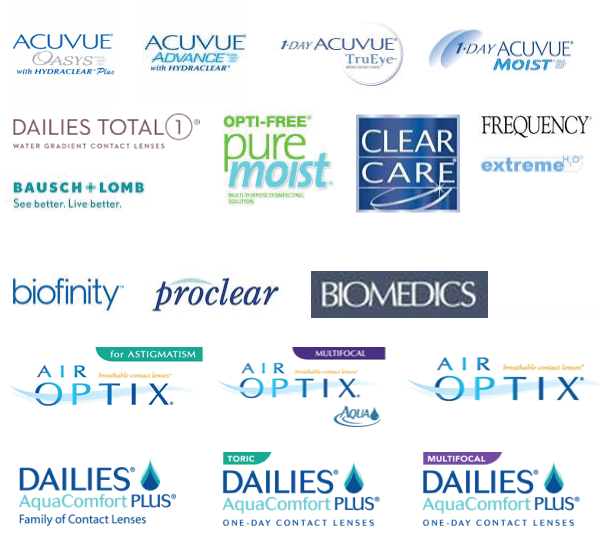Brand New Car Prices: A Comprehensive Guide to Understanding, Negotiating, and Mastering Your Purchase
Brand New Car Prices: A Comprehensive Guide to Understanding, Negotiating, and Mastering Your Purchase cars.truckstrend.com
The allure of a brand new car is undeniable: the fresh scent, the pristine paint, the cutting-edge technology, and the promise of reliable transportation. However, stepping into a dealership or browsing online listings can quickly become overwhelming when confronted with the myriad of figures that make up a "brand new car price." It’s far more complex than just the sticker on the window. Understanding Brand New Car Prices is not merely about knowing the number; it’s about deciphering the layers of costs, understanding market dynamics, and ultimately, empowering yourself to make one of the most significant financial decisions many individuals undertake. This comprehensive guide will demystify the pricing structure, offer actionable insights, and equip you with the knowledge to navigate the new car market confidently.
Understanding the Anatomy of a Car Price
Brand New Car Prices: A Comprehensive Guide to Understanding, Negotiating, and Mastering Your Purchase
Before you even begin to negotiate, it’s crucial to understand the various components that contribute to a new car’s total cost. These terms are often used interchangeably, but they represent distinct financial realities.
MSRP (Manufacturer’s Suggested Retail Price)
The MSRP, often referred to as the "sticker price," is the price recommended by the vehicle manufacturer. It includes the base price of the vehicle, standard equipment, and any factory-installed options or packages. Crucially, the "Suggested" in MSRP means it’s not set in stone. It serves as a starting point for negotiations and reflects what the manufacturer believes the vehicle is worth.
Invoice Price
The Invoice Price is what the dealership theoretically pays the manufacturer for the car. This figure is typically lower than the MSRP, representing the dealer’s cost before any holdbacks, incentives, or rebates from the manufacturer. While it’s the dealer’s cost, it’s important to remember that dealers have overheads, and their profit isn’t solely derived from the gap between invoice and MSRP. Knowing the invoice price can give you a better sense of the dealer’s potential profit margin and a more realistic target for your negotiation.
Dealer Mark-up / Profit Margin
The difference between the MSRP and the invoice price is the dealer’s mark-up or potential profit margin on the sale of the vehicle itself. This margin varies widely by manufacturer, model, and market conditions. High-demand vehicles may command closer to MSRP, while less popular models might be sold at or even below invoice, relying on volume bonuses and financing incentives for dealer profit.
Destination Charge

This is a non-negotiable fee charged by the manufacturer to transport the vehicle from the factory to the dealership. It’s the same for every dealer selling that specific model, regardless of location, and it’s typically included in the MSRP or added separately to the final price.
Advertising Fees
Some manufacturers and dealerships add an advertising fee to the price, which contributes to regional or national marketing campaigns. This can sometimes be baked into the MSRP or listed as a separate line item.
Options, Packages, and Accessories
Beyond the base model, manufacturers offer options (e.g., sunroof, premium audio) and packages (e.g., technology package, cold weather package) that significantly increase the MSRP. Dealerships may also add their own accessories (e.g., custom floor mats, paint protection, window tinting) which are often high-profit items and can be negotiable.

Factors Influencing Brand New Car Prices
The price you see on the sticker or receive in a quote isn’t arbitrary. Several dynamic factors play a significant role in determining how much a new car costs.
- Supply and Demand: This fundamental economic principle heavily impacts car prices. During periods of high demand and limited supply (e.g., semiconductor chip shortages, natural disasters affecting production), prices tend to rise, and negotiation room shrinks. Conversely, oversupply can lead to discounts.
- Economic Conditions: Inflation, interest rates, and consumer confidence all affect pricing. Higher inflation means higher production costs, which are passed on to consumers. High interest rates make financing more expensive, potentially dampening demand and leading to discounts.
- Vehicle Segment and Type: Luxury vehicles, performance cars, and large SUVs/trucks inherently carry higher price tags due to their materials, technology, and market positioning. Economy sedans and compact cars are generally more affordable. Electric Vehicles (EVs) often have a premium due to battery technology, though government incentives can offset this.
- Brand Reputation & Technology: Established premium brands command higher prices. Vehicles equipped with cutting-edge safety features, advanced infotainment systems, and sophisticated powertrains will naturally be more expensive.
- Geographical Location: Pricing can vary slightly by region due to different shipping costs, regional advertising fees, and varying levels of competition among dealerships. State and local taxes also play a major role in the final out-the-door price.
- Dealership Practices: Some dealerships consistently charge higher markups or push more add-ons than others. Their business model and inventory management also influence their willingness to negotiate.
- Market Trends: Shifts in consumer preference, such as the increasing popularity of SUVs over sedans, can affect pricing and availability within specific segments.
Navigating the Car Buying Process: From Sticker to Out-the-Door Price
The MSRP is just the beginning. To truly understand Brand New Car Prices, you must account for all the additional costs that pile up before you drive off the lot. This "out-the-door" price is your true total cost.
- Sales Tax: This is a significant addition, varying widely by state and sometimes by county or city. It’s calculated on the agreed-upon selling price of the car (after incentives but before trade-in in most states).
- Registration & Title Fees: Mandatory fees paid to your state’s Department of Motor Vehicles (DMV) to register the vehicle in your name and issue a title.
- Documentation Fees (Doc Fees): These are administrative fees charged by the dealership for processing paperwork, often ranging from a few dollars to several hundred. While sometimes regulated, they are often negotiable or at least subject to scrutiny.
- License Plates: Cost for new plates or transfer fees if you’re using existing plates.
- Extended Warranties & Service Contracts: Optional, but often heavily pushed by finance managers. While they offer peace of mind, they are typically high-profit items for dealerships and their value should be carefully weighed against their cost and your anticipated ownership period.
- Protection Packages: Dealer-installed items like paint protection, fabric protection, anti-theft systems, or nitrogen-filled tires. These are almost always overpriced and have very high profit margins for the dealer.
- Loan Interest (if financing): If you’re taking out a car loan, the interest you pay over the loan term is a substantial part of the total cost of ownership. A higher interest rate means a higher total price for the car over time.
- Trade-in Value: If you’re trading in an old vehicle, its value will reduce the amount you need to pay or finance for the new car. However, it’s crucial to negotiate the new car’s price and your trade-in’s value separately to avoid confusion and ensure you get fair deals on both.
Strategies for Getting the Best Brand New Car Price
Knowledge is power, especially when negotiating a new car purchase. Here are actionable strategies to secure the most favorable deal.
- Research, Research, Research: Before setting foot in a dealership, know the MSRP, invoice price, and fair market value for the specific make, model, and trim level you desire. Websites like Edmunds, Kelley Blue Book (KBB), and TrueCar provide excellent pricing tools. Look up current incentives and rebates from the manufacturer.
- Get Multiple Quotes: Contact several dealerships, both locally and in neighboring areas. Use their internet sales departments via email or online forms to request "out-the-door" price quotes. This forces competition and gives you leverage.
- Timing Your Purchase: Certain times are better for buying a new car.
- End of the month/quarter/year: Salespeople and dealerships often have quotas to meet, making them more willing to negotiate.
- New model year arrival: When new models arrive, dealerships are keen to clear out older inventory, offering discounts on previous model years.
- Holidays: Major holidays like Memorial Day, Labor Day, and Black Friday often come with special sales events.
- Negotiation Tactics:
- Focus on the "Out-the-Door" Price: Don’t get bogged down discussing monthly payments. Insist on the total "out-the-door" price including all fees and taxes.
- Be Prepared to Walk Away: This is your ultimate leverage. If you don’t feel you’re getting a fair deal, be ready to leave.
- Be Polite, but Firm: Maintain a respectful demeanor, but don’t shy away from asserting your research and expectations.
- Don’t Discuss Trade-in or Financing First: Keep these separate from the car price negotiation. Get a firm price on the new car first, then discuss your trade-in, and finally, financing options.
- Understand Incentives & Rebates: Manufacturers offer various incentives, such as customer cash rebates, low APR financing, or lease specials. These can significantly reduce your effective purchase price. Ensure the dealer applies all eligible incentives.
- Leasing vs. Buying: While not directly affecting the purchase price, your choice between leasing and buying impacts your long-term financial commitment. Understand the pros and cons of each for your situation.
- Pre-ordering/Factory Orders: For high-demand vehicles or specific configurations, pre-ordering directly from the factory (via a dealership) can sometimes help you avoid excessive dealer markups on vehicles already on the lot.
Challenges and Pitfalls in New Car Pricing
Even with thorough preparation, the new car buying process can present challenges. Being aware of these common pitfalls can help you avoid them.
- Dealer Markups (Additional Dealer Markup – ADM): In times of high demand or for particularly popular models, dealerships might add an "ADM" to the MSRP, sometimes thousands of dollars. While legal, this is entirely negotiable (or avoidable by finding a dealer who doesn’t charge it).
- Unnecessary Add-ons: Watch out for pre-installed, high-profit items like nitrogen in tires, paint protection, VIN etching, or "security systems" that inflate the price. You can usually decline these or negotiate their cost down significantly.
- Financing Traps: Be wary of extended loan terms (72 or 84 months) that lower your monthly payment but significantly increase the total interest paid. Always compare the dealer’s financing offer with pre-approved loans from banks or credit unions.
- Hidden Fees: Always ask for a detailed breakdown of all charges. If a fee isn’t clearly explained or seems excessive, question it.
- Emotional Buying: Don’t let the excitement of a new car cloud your judgment. Stick to your budget and your research, and don’t make impulse decisions.
Practical Advice and Actionable Insights
- Set a Firm Budget: Know your absolute maximum "out-the-door" price before you start shopping, and stick to it. Factor in not just the purchase price, but also ongoing costs like insurance, fuel, and maintenance.
- Get Pre-Approved for a Loan: This gives you a baseline interest rate and empowers you to negotiate the car price as a cash buyer. If the dealer can beat your pre-approved rate, great, but you have leverage.
- Read the Fine Print: Before signing anything, meticulously review the purchase agreement, ensuring every charge is accurate and agreed upon.
- Don’t Rush: Take your time. A car purchase is a significant investment. If you feel pressured, step away and reconsider.
Sample Out-the-Door Price Breakdown for a Brand New Car
This table illustrates how various components contribute to the final "out-the-door" price of a hypothetical new vehicle. This is an example and actual prices will vary significantly.
| Item | Cost (USD) | Notes/Explanation |
|---|---|---|
| Vehicle Base Price (MSRP) | $30,000 | Manufacturer’s Suggested Retail Price for the base model. |
| Manufacturer Options/Packages | $2,500 | e.g., Technology Package, Premium Sound System, Advanced Safety Features. |
| Total MSRP (as configured) | $32,500 | Base Price + Options. This is the "sticker price" for the specific configuration. |
| Destination Charge | $1,200 | Non-negotiable fee for shipping from factory to dealership. |
| Dealer Invoice Price (Estimate) | $29,000 | What the dealer theoretically paid for the base vehicle (for context, not part of OTD price calculation directly). |
| Negotiated Selling Price | $31,500 | The price you and the dealer agree upon before taxes and fees. Often below MSRP. |
| Cash Rebates/Incentives | -$1,000 | Manufacturer-offered cash back incentives that reduce the selling price. |
| Adjusted Selling Price | $30,500 | Negotiated Selling Price – Rebates. This is the basis for tax calculation. |
| Dealer Add-ons (e.g., tint, mats) | $500 | Optional dealer-installed accessories or protection packages (often negotiable). |
| Subtotal (before tax/fees) | $31,000 | Adjusted Selling Price + Dealer Add-ons. |
| Sales Tax (6% example) | $1,860 | Calculated on the Subtotal ($31,000 * 0.06). Varies by state/locality. |
| Documentation Fee | $399 | Dealer’s administrative fee for paperwork (varies widely, sometimes negotiable). |
| Registration, Title, License Plates | $450 | Government fees for vehicle registration, title transfer, and new license plates. |
| Extended Warranty (Optional) | $2,000 | Optional additional warranty coverage beyond manufacturer’s (high profit for dealer, often negotiable). |
| TOTAL "OUT-THE-DOOR" PRICE | $35,709 | The final amount you pay, including all fees, taxes, and optional additions. |
Frequently Asked Questions (FAQ) about Brand New Car Prices
Q1: What is the difference between MSRP and invoice price?
A1: MSRP (Manufacturer’s Suggested Retail Price) is the suggested retail price for the consumer. Invoice price is what the dealership theoretically pays the manufacturer. The difference is the dealer’s potential profit margin.
Q2: Can I negotiate the destination charge?
A2: No, the destination charge is a fixed fee set by the manufacturer to cover shipping from the factory to the dealership. It is non-negotiable and applies to all buyers of that specific model.
Q3: Are dealer add-ons like paint protection or VIN etching mandatory?
A3: No, almost all dealer add-ons are optional and highly profitable for the dealership. You can (and should) decline them or negotiate their price down significantly.
Q4: When is the best time to buy a new car?
A4: Generally, the end of the month, quarter, or year is a good time as dealerships and salespeople strive to meet quotas. Holiday weekends and when new model years are released (to clear out older inventory) can also offer good deals.
Q5: Should I discuss my trade-in or financing before negotiating the new car price?
A5: No. Always negotiate the price of the new car first, independently. Once that’s settled, then discuss your trade-in value, and finally, explore financing options. Mixing them can confuse the deal and make it harder to get the best price on each component.
Q6: What is an "out-the-door" price?
A6: The "out-the-door" price is the total cost of the car, including the negotiated selling price, all taxes, government fees (registration, title, license), and any dealer documentation fees or agreed-upon add-ons. It’s the final amount you will pay.
Q7: How do I find the invoice price of a car?
A7: Websites like Edmunds, Kelley Blue Book (KBB), and TrueCar often provide estimated invoice prices for specific models and trims. Dealerships are not obligated to show you their invoice.
Conclusion
Navigating the world of Brand New Car Prices can seem daunting, but with the right knowledge and a strategic approach, it becomes an empowering experience. By understanding the components of a car’s price, recognizing the factors that influence it, and employing smart negotiation tactics, you can move beyond the sticker shock and confidently secure a fair deal. Remember, research is your best friend, patience is a virtue, and focusing on the total "out-the-door" price is paramount. Armed with this comprehensive guide, you are now better equipped to make an informed decision and drive away in your new car, knowing you got the best possible price.






